Report this entry
More from the same community-collection
Sun Metro - Maintenance Building - El Paso, Texas
Sun Metro - Maintenance Building 10151 MONTANA AVE El Paso, ...
The Horizon Golf and Conference Center
The Horizon Golf and Conference Center (formerly known as the ...
Water tower near by Paseo del este
The water tower is located at Paseo del este. A water tower or ...
Roberts-Banner Bldg, Kress Bldg and Plaza Hotel
The image captures three of the most important landmarks of the ...
Mills Street Towards Pioneer Plaza
The photograph from 2009 captures Mills Street towards Pioneer ...
Central El Paso from Scenic Drive
The image was taken from the Scenic Drive and shows central El ...
El Paso Zoo - White Crested Laughing Thrush (Indonesia) - 2014
El Paso Zoo - White Crested Laughing Thrush (Indonesia) El ...

















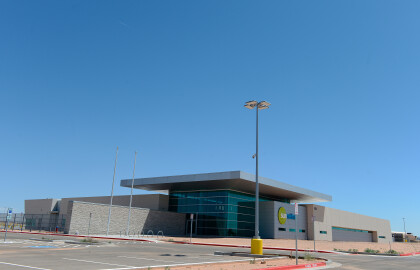
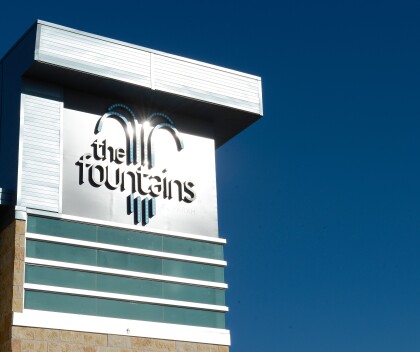
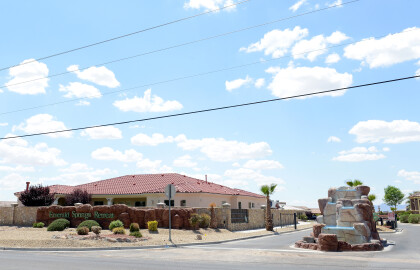
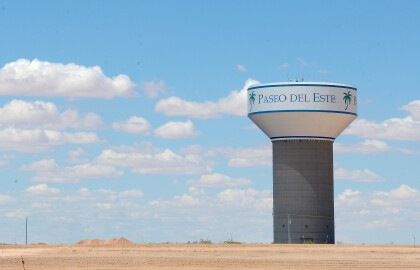
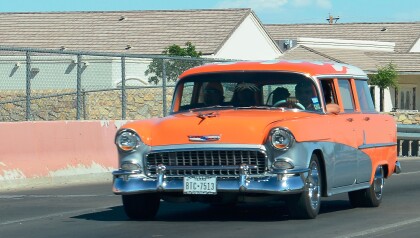
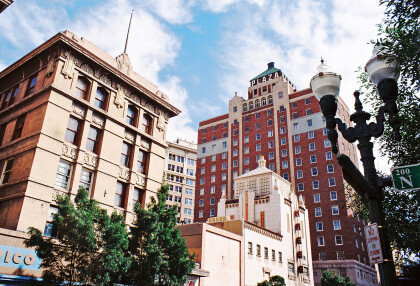
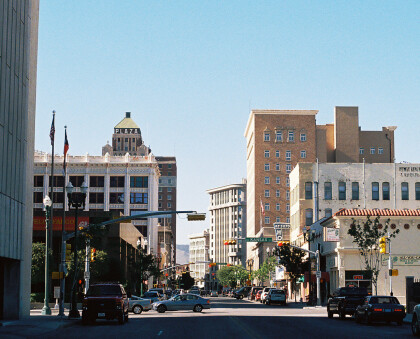
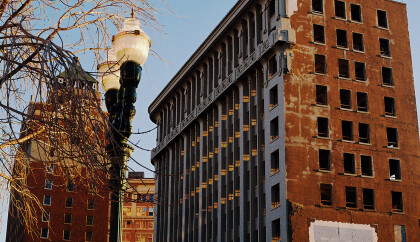
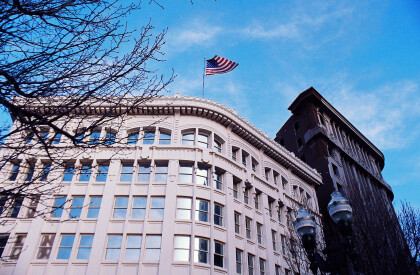
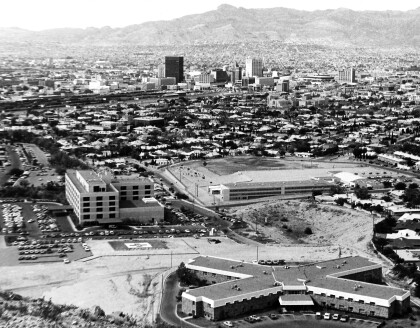
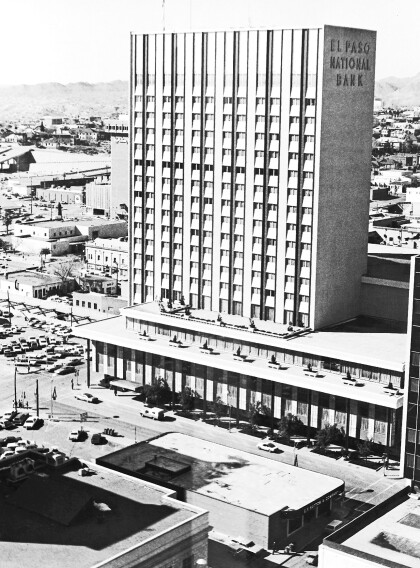
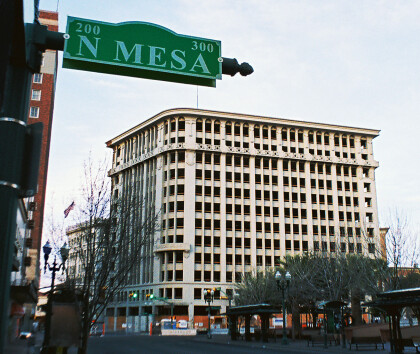







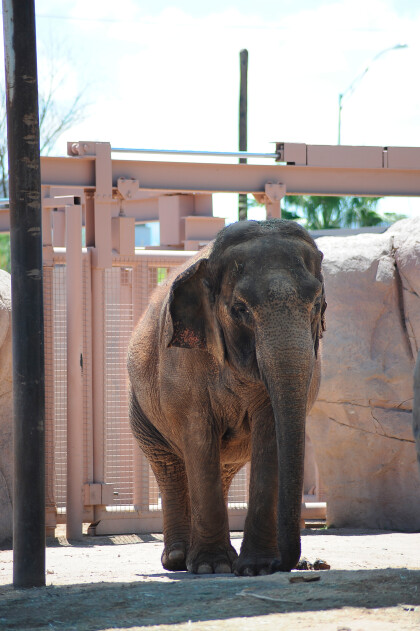
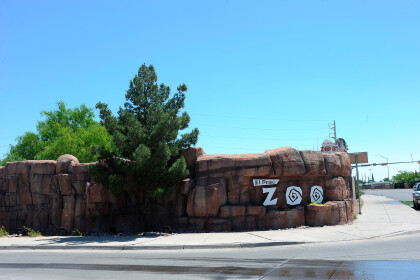
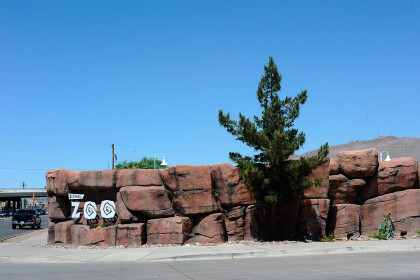

Comments
Add a comment